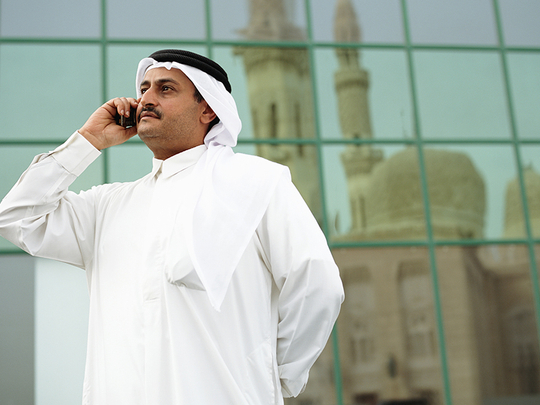
Dubai: The Telecommunications Regulatory Authority (TRA) is heading to the International Telecommunication Union’s World Radiocommunication Conference, which is to be held in November in Geneva, to seek more spectrum for mobile communications.
Many telecom operators around the world are looking for high efficiency bandwidth due to the upsurge in data demand and to accommodate the rapid growth of wireless mobile services. They are desperate to get more spectrum by 2020 for 5G network to power the Internet of Things (IoT).
IoT is defined as the network of devices that are connected to the Internet and can be controlled remotely.
At the Geneva conference, the GSMA is presenting a case for new bands that include sub-700MHz (470-694MHz), L-Band (1350-1400MHz and 1427-1518MHz) and the C-Band (3.4-4.2GHz) frequencies.
The C-band is used by the satellite industry for a myriad of services and is favoured for its robustness compared to other spectrum.
The GSMA wants 600-800MHz to be allocated by the ITU as around 1,000MHz of spectrum is currently allocated for mobile services.
Hamad Al Mansouri, Director General of the TRA, told Gulf News that the new bands will allocate more communications and will make the network ready for machine-to-machine and internet of things.
IoT is defined as the network of devices that are connected to the internet and can be controlled remotely.
“The agreement should be worldwide. All of the available spectrums are allocated for mobile and satellite communications,” Al Mansouri said.
Debate
At present, mobile services are offered in the UAE on 800MHz, 900MHz, 1800MHz, 1900MHz and 2600MHz.
Al Mansouri said that there is a debate for allocating the 3,00MHz and above spectrum for mobile communications use. Some countries are using the 3,000MHz for other purposes and that country needs to empty that spectrum for mobile communications.
Khaled Biyari, CEO of Saudi Telecom Company, said at the GSMA 360 Series that 600-800MHz of additional spectrum is needed globally by 2020.
“We definitely require more bandwidth and we are using LoRA networks for specific purposes like Smart City initiatives,” said Saleem Al Blooshi, executive vice-president of network development and operation at du.
Du is using 2G on 900MHz, 3G on 1,900MHz and 900MHz, and 4G on 1,800MHz and 800MHz.
According to GSMA, mobile operators across Arab States have spent more than $40 billion (Dh147 billion) on capital investments, or approximately 18 per cent of total revenue over the last four years. There are 23 live 4G networks in ten countries in the region and 4G launches planned in a further eight markets.
Al Blooshi said that du has stopped investment on 2G networks and is slowing down the investment on 3G network, but, at the same time, accelerating investment on 4G network.
“The TRA is working very hard to get the operators in the UAE more bandwidth. The 700MHz will be released from broadcasters and it is almost finalised and will be released next year,” he said.












